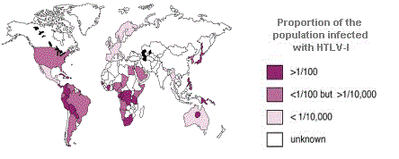History & HTLV-3 & 4
|
Please join us! Follow us on Twitter and tweet. Send us emails: we promise to answer. Become an active partner of HTLVAware! Do you like to blog? Send us pictures? Tell us your stories?
|
We felt that too many patients with HTLV and their relatives, too many clinicians and scientists did not know what HTLV was. We felt that everybody has the right to quick, accurate and easily accessible information online, but especially people who are suffering with HTLV and those who care for them.
|



